Junkyard Gem: 1957 Mercury Montclair Phaeton Sedan

Just about every U.S.-market Mercury model ever made was an obvious Ford- and/or Lincoln-badged sibling (though some of those siblings originated in other countries). The members of the 1957 Mercury lineup were mechanically similar to their Ford Empire brethren, but got wild styling that looked like nothing else on the road. Today’s Junkyard Gem is one of those ’57 Mercs: a Montclair hardtop sedan with the biggest engine available in any new Mercury (or Ford or Lincoln) car that year.
Mercury called their two- and four-door hardtops “Phaetons” for 1957 and 1958, beating Volkswagen to that name by close to a half-century.
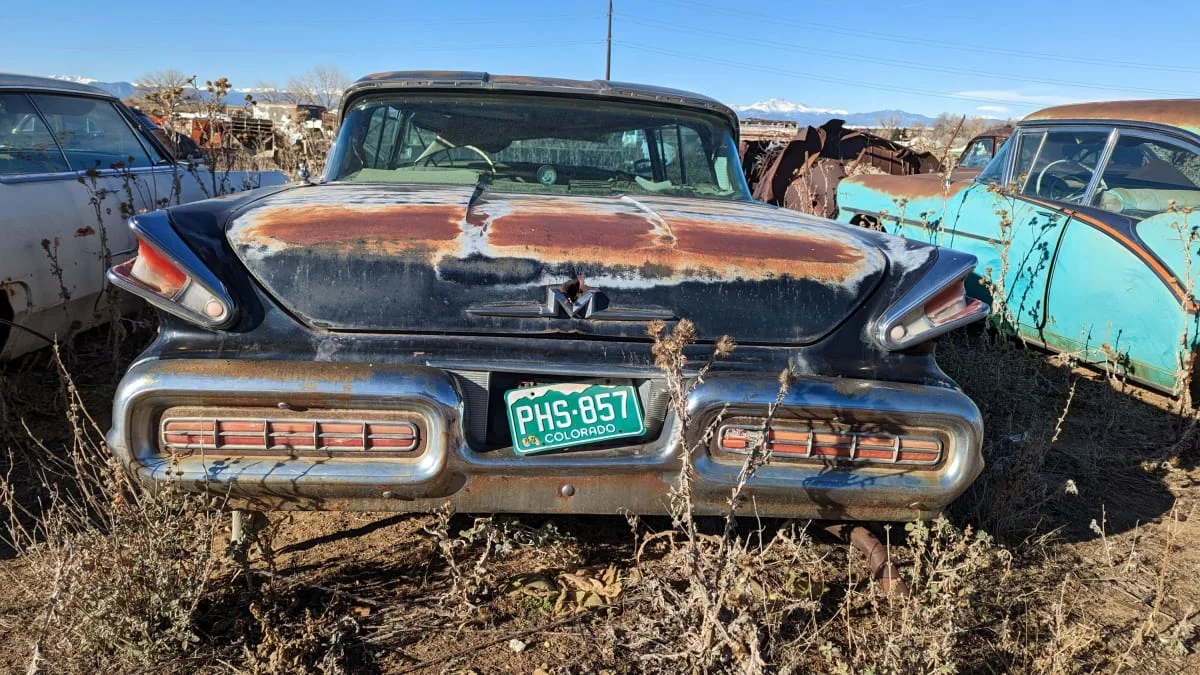
I shot this car in my favorite Colorado car graveyard, a family-owned operation located about 30 miles north of Denver. Speedway Auto Wrecking is open only on Saturday mornings, so plan ahead if you want to get parts from this car. The 1954 Nash Ambassador, 1938 Ford Tudor, 1974 AMC Pacer Levis Edition and 1987 Chevrolet Cavalier Z24 hatchback we’ve seen in this series were all shot at Speedway.
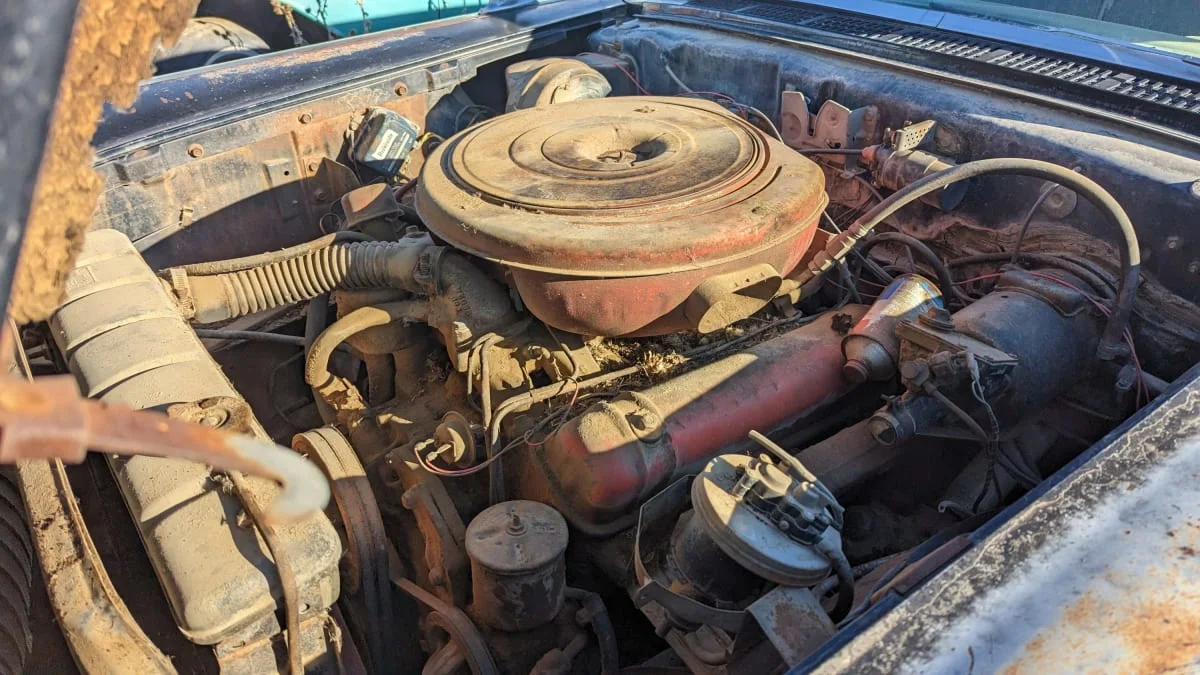
The Detroit horsepower wars were getting serious by 1957, and the original buyer for this car checked the box for the most powerful single-carburetor engine available in a new Mercury that year: a 368-cubic-inch (6.0-liter) Lincoln Y-Block V8 rated at 290 horsepower. If you needed even more power, you could get the dual-carb M-335 version of the 368, which made 335 horses (but that was a seldom-ordered NASCAR homologation motor).
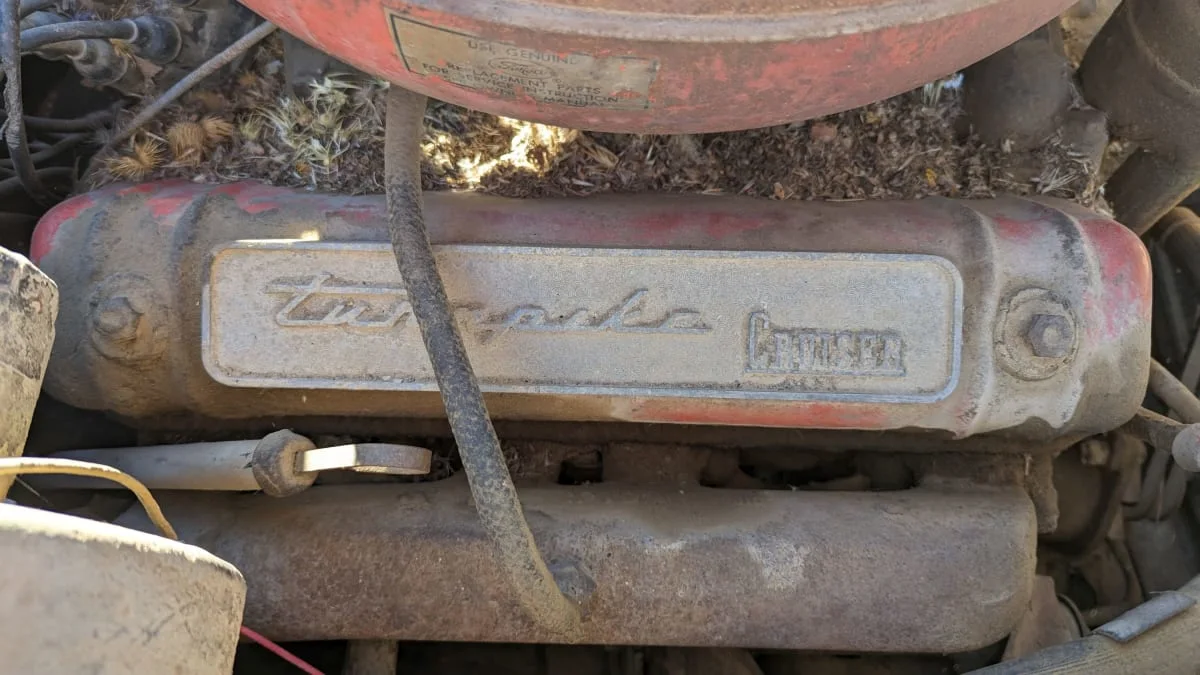
This engine was standard equipment in the top-of-the-line Turnpike Cruiser, and Mercury named the engine after the model.
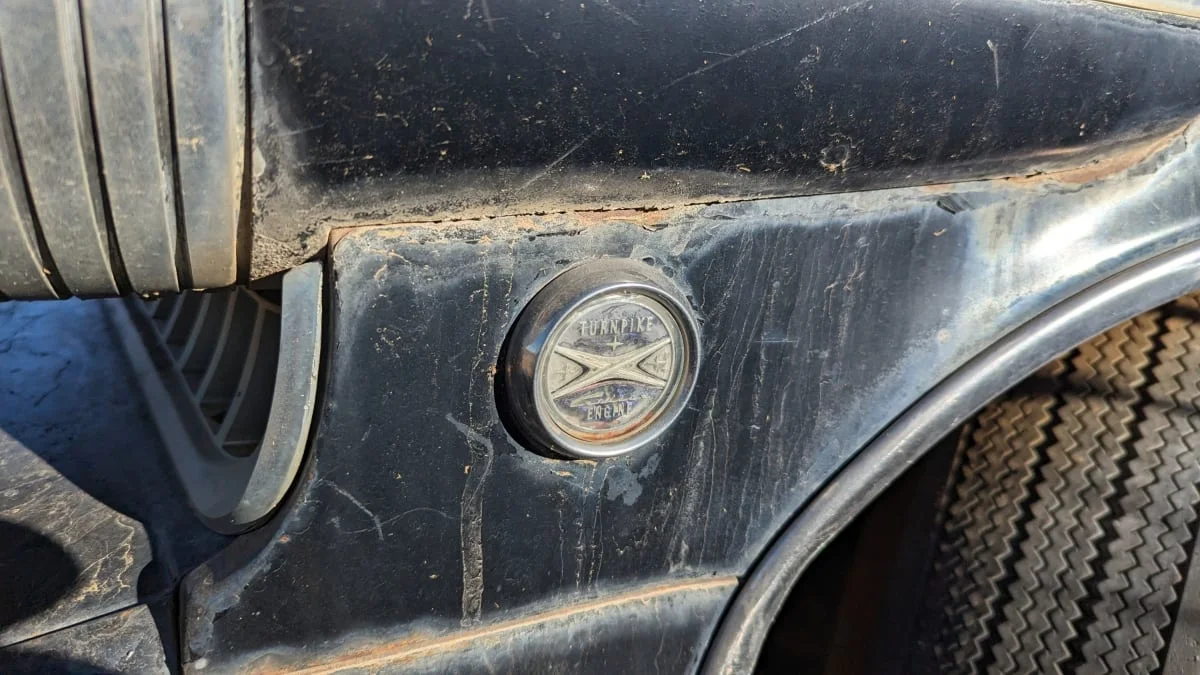
I thought about buying this badge, but some Mercury owner needs it a lot more than I do.
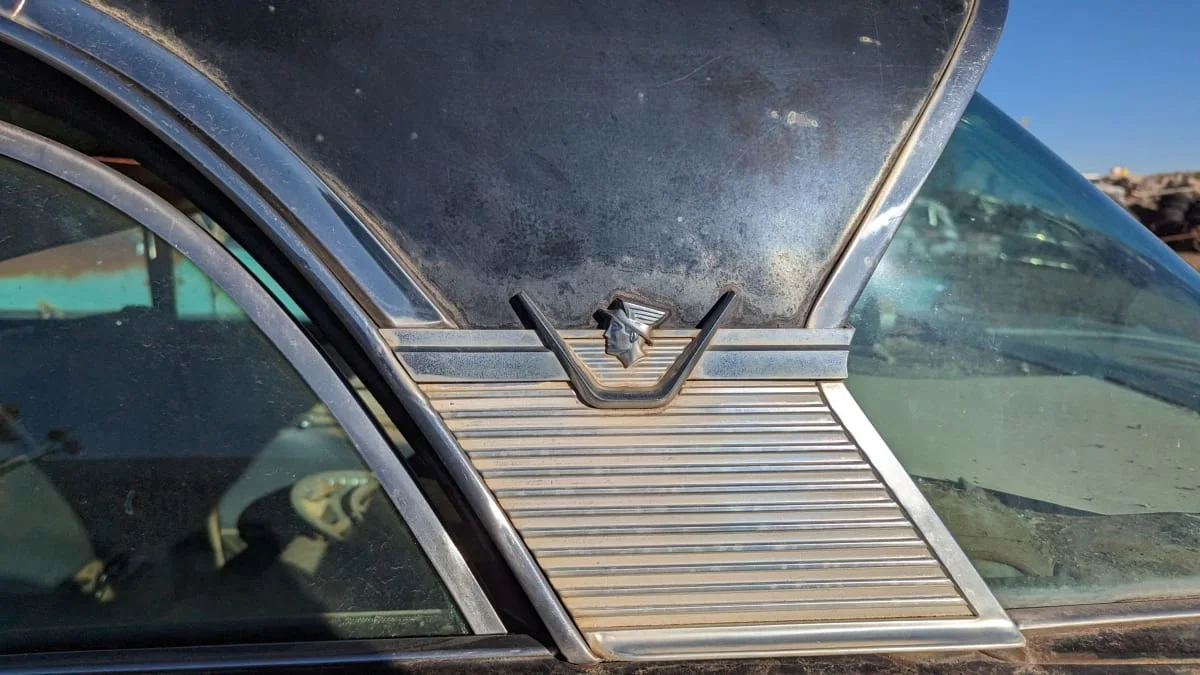
Speaking of badges, Mercury made heavy use of imagery depicting the winged-helmet-wearing Roman Messenger of the Gods during this period and well into the 1960s.
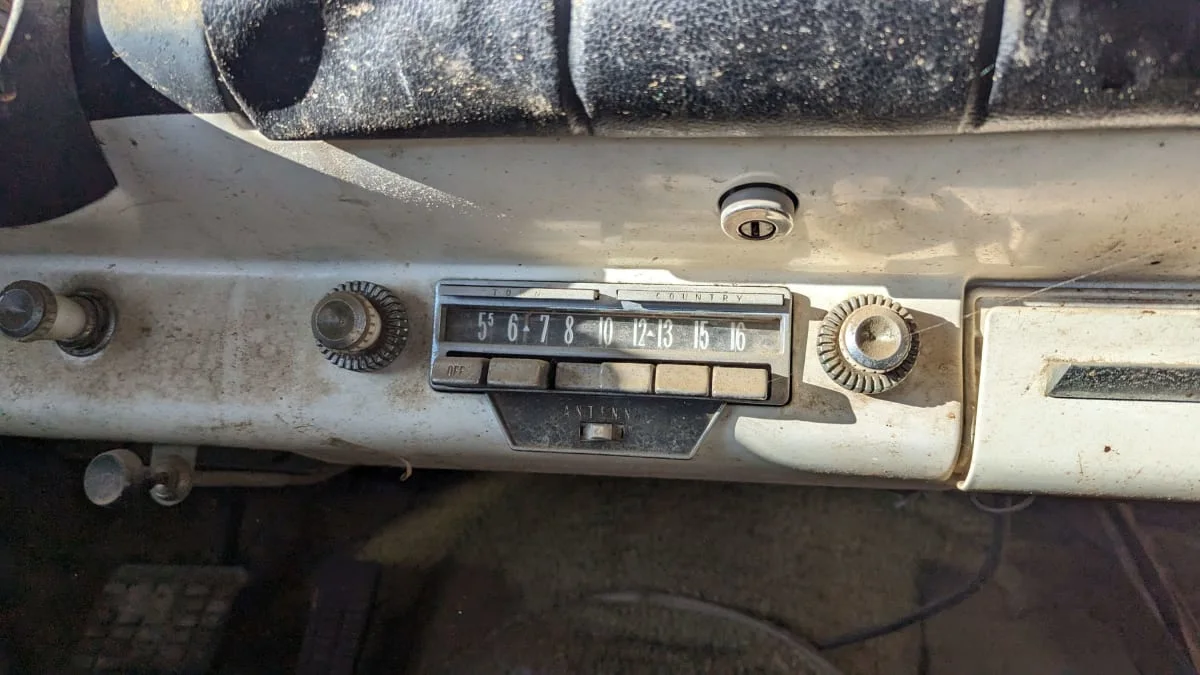
The radio has the nuke-attack frequencies of 640 and 1240 kHz marked on the dial, as was required by federal law from 1953 through 1964.
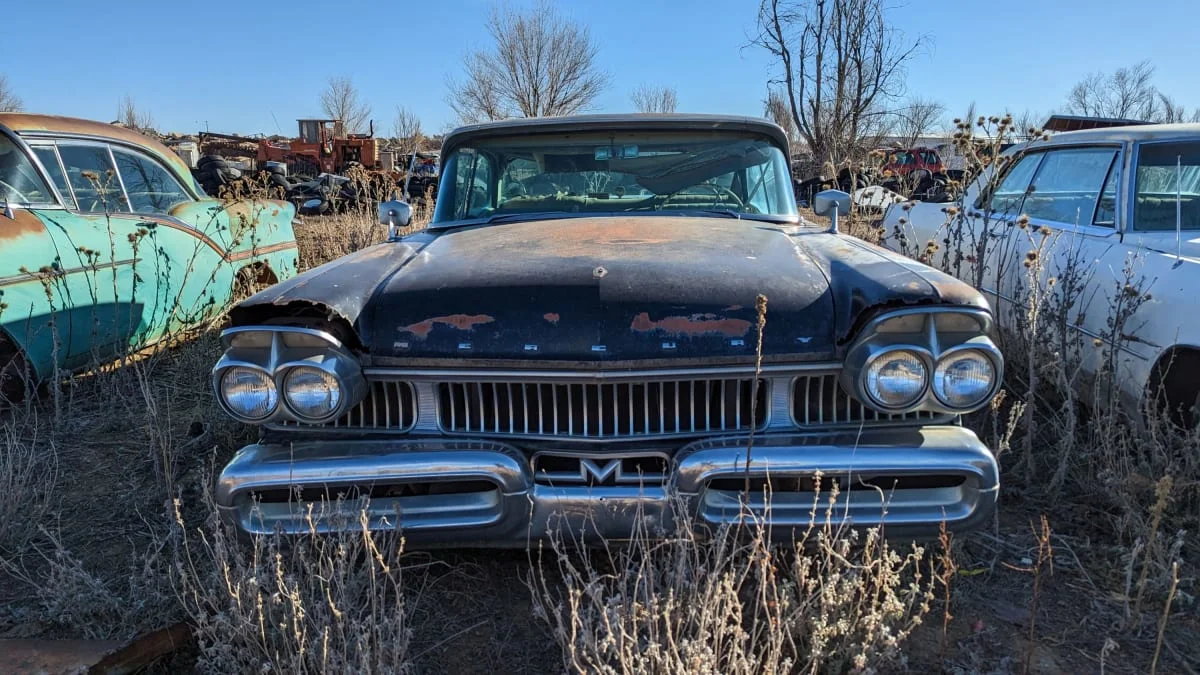
1957 was a weird year for headlights in the United States, with a few manufacturers installing four small round sealed-beams on their cars that year (there is a great deal of debate over the legality of the four-light rig in some states at that time). Mercury began the 1957 model year with two headlights on its cars, then went to a quad-light setup on some models later in the year. This is one of those cars. For 1958, just about manufacturer who could do so went to the four-headlight style.
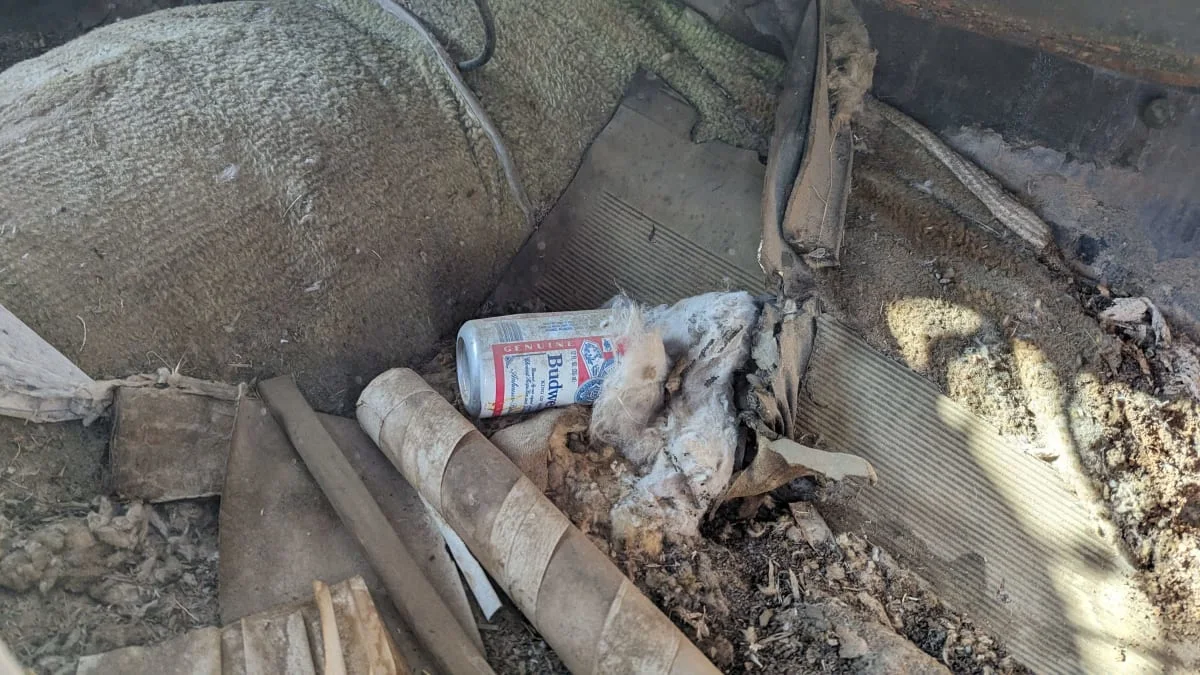
Worth restoring? It should be, but its tags are from 1988, and that’s a long time to sit outdoors in the Colorado High Plains.
The new dream car Mercury!







